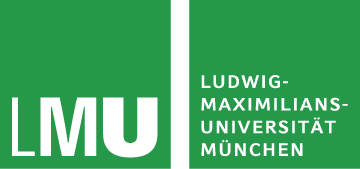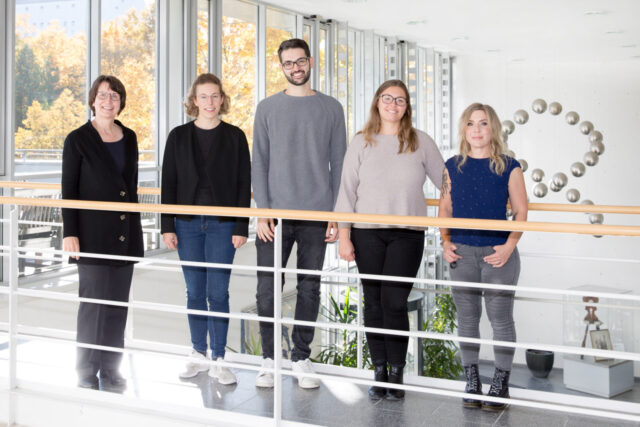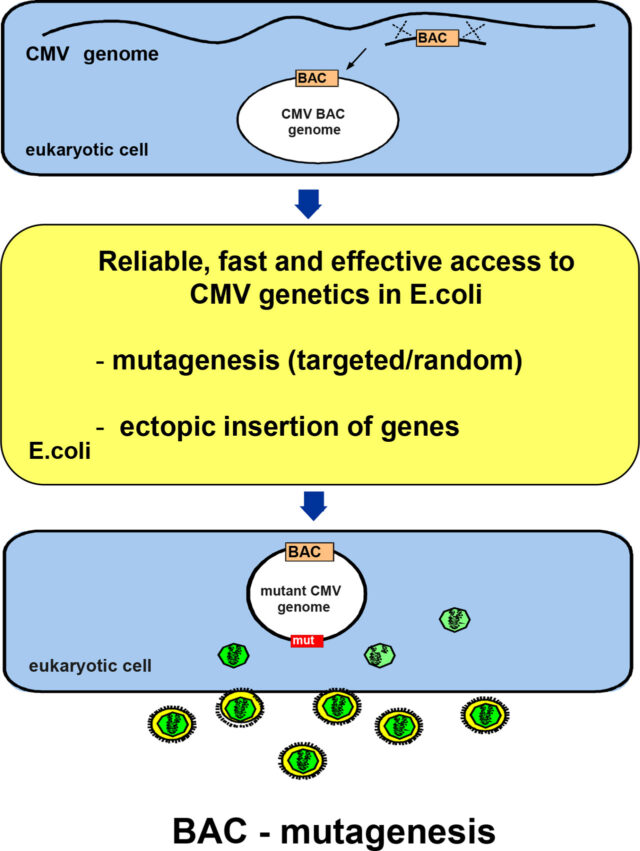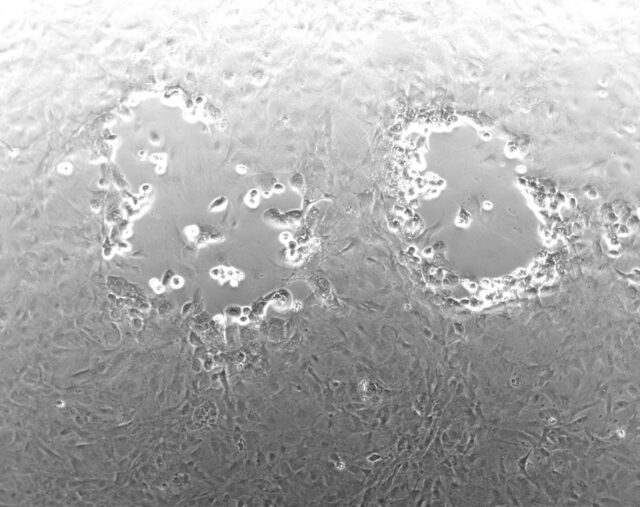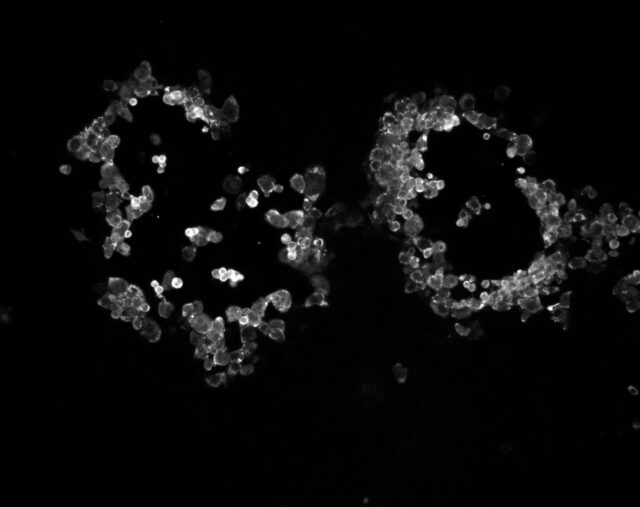Top 10 Publikationen
Eletreby M, Thiessen L, Prager A, Brizic I, Materljan J, Kubic L, Jäger K, Jurinović K, Jerak J, Krey K, Adler B. Dissecting the cytomegalovirus CC chemokine: Chemokine activity and gHgLchemokine-dependent cell tropism are independent players in CMV infection. PLoS Pathog. 2023 Dec 8;19(12):e1011793. doi: 10.1371/journal.ppat.1011793. PMID: 38064525; PMCID: PMC10732436.
Rožmanić C, Lisnić B, Pribanić Matešić M, Mihalić A, Hiršl L, Park E, Lesac Brizić A, Indenbirken D, Viduka I, Šantić M, Adler B, Yokoyama WM, Krmpotić A, Juranić Lisnić V, Jonjić S, Brizić I. Perinatal murine cytomegalovirus infection reshapes the transcriptional profile and functionality of NK cells. Nat Commun. 2023 Oct 12;14(1):6412. doi: 10.1038/s41467-023-42182-w. PMID: 37828009; PMCID: PMC10570381.
Adler, B, Adler, H. Type I interferon signaling and macrophages: a double-edged sword? Cell Mol Immunol 19(9):967-968. (2022). https://doi.org/10.1038/s41423-020-00609-0
Adler, B, Sattler, C, Adler, H. Herpesviruses and their Host Cells: a Successful Liaison.Trends in Microbiology 25 (3): 229-241 (2017). https://doi.org/10.1016/j.tim.2016.11.009
Wu, Y, Prager, A, Boos, S, Resch, M, Brizic, I, Mach, M, Wildner, S, Scrivano, L, and Adler, B. Human cytomegalovirus glycoprotein complex gH/gL/gO uses PDGFR-α as a key for entry. PLoS Pathogens 13 (4): e1006281 (2017). https://doi.org/10.1371/ppat.1006281
Hagen, C, Dent, KC, Zeev-Ben-Mordehai, T, Grange, M, Bosse, JB, Whittle, C, Klupp, BG, Siebert, CA, Vasishtan, D, Bäuerlein, FJ, Cheleski, J, Werner, S, Guttmann, P, Rehbein, S, Henzler, K, Demmerle, J, Adler, B, Koszinowski, U, Schermelleh, L, Schneider, G, Enquist, LW, Plitzko, JM, Mettenleiter, TC, Grünewald, K. Structural Basis of Vesicle Formation at the Inner Nuclear Membrane. Cell 163:1692-701 (2015). https://doi.org/10.1016/j.cell.2015.11.029
Lemmermann NA, Krmpotic A, Podlech J, Brizic I, Prager A, Adler H, Karbach A, Wu Y, Jonjic S, Reddehase MJ, Adler B. Non-redundant and redundant roles of cytomegalovirus gH/gL complexes in host organ entry and intra-tissue spread. PLoS Pathogens 11(2):e1004640 (2015). https://doi.org/10.1371/ppat.1004640
Wagner, F, Brizic, I, Prager, A, Trsan, T, Arapovic, M, Lemmermann, NAW, Podlech, J, Reddehase, MJ, Lemnitzer, F, Bosse, J-B, Gimpfl, M, Marcinowski, L, MacDonald, M, Adler, H, Koszinowski, UH, Adler, B. The Viral Chemokine MCK-2 of Murine Cytomegalovirus Promotes Infection as Part of a gH/gL/MCK-2 Complex. PLoS Pathog. 9(7): e1003493 (2013). https://doi.org/10.1371/ppat.1003493
Jordan, S, Krause, J, Prager, A, Mitrovic, M, Jonjic, S, Koszinoswki, UH, Adler, B. Virus progeny of Murine Cytomegalovirus Bacterial Artificial Chromosome pSM3fr show reduced growth in Salivary Glands due to fixed mutation of MCK-2. Journal of Virology 85, 10346-10353 (2011). https://doi.org/10.1128/JVI.00545-11
Adler B, Schaadt E, Kempkes B, Zimber-Strobl U, Baier B, Bornkamm, GW. Control of Epstein-Barr virus reactivation by activated CD40 and viral latent membrane protein 1. Proceedings of the National Academy of Sciences USA 99, 437-442 (2002). https://doi.org/10.1073/pnas.221439999
